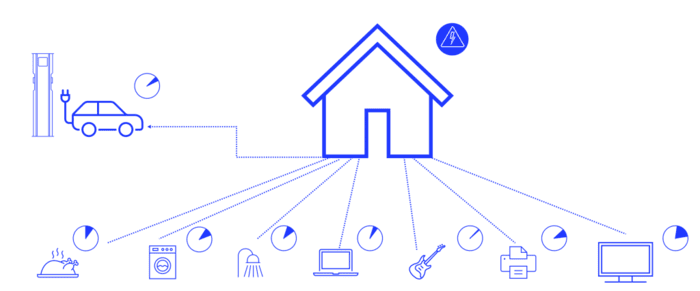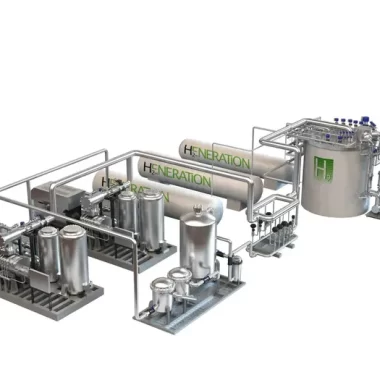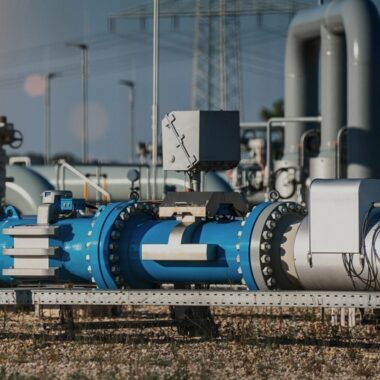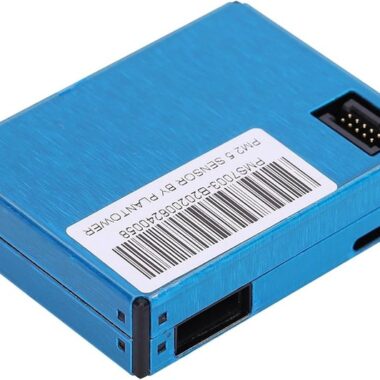Dynamic Load Management
Introduction
Dynamic Load Management (DLM) is an advanced system designed to intelligently regulate and optimize electrical loads in real time, balancing power demand and supply across industrial, commercial, and residential applications. With the increasing complexity of modern power grids and the growing integration of renewable energy sources, DLM has become a vital solution to prevent overloads, reduce energy waste, and improve overall grid stability. The primary objective of Dynamic Load Management is to automate and control the distribution of power based on real-time consumption patterns and grid conditions. Unlike traditional energy distribution methods that rely on fixed power allocations, DLM continuously adjusts energy loads, prioritizing critical operations while limiting or delaying non-essential energy usage. This adaptability not only enhances energy efficiency but also reduces operational costs by shifting energy consumption to off-peak hours when electricity rates are lower. Additionally, the emergence of smart grids, AI-driven analytics, IoT-based monitoring, and blockchain energy transactions has further revolutionized the effectiveness of Dynamic Load Management.
Key Aspects of Dynamic Load Management:
Real-Time Load Balancing
Dynamic Load Management continuously monitors power consumption and adjusts the distribution of electrical loads in real time. This helps prevent overloads on the system, ensuring that energy is used efficiently and distributed evenly. It prevents power failures, voltage fluctuations, and excessive strain on electrical components, leading to enhanced system performance.
Demand Response Integration
DLM integrates with demand response (DR) programs, where power consumption is reduced during peak demand periods to stabilize the grid. This is achieved by automatically lowering power usage for non-essential devices or switching to alternative power sources. It helps industries and businesses avoid high electricity tariffs, improves grid reliability, and reduces the risk of blackouts.
Automated Load Prioritization
Dynamic Load Management systems classify and prioritize loads based on necessity. Critical loads, such as hospital life-support systems or data center cooling units, receive uninterrupted power, while non-essential loads, such as lighting and HVAC, can be adjusted or turned off during high-demand periods. This ensures operational continuity while optimizing power consumption.
Renewable Energy Optimization
DLM seamlessly integrates with renewable energy sources, such as solar and wind power, ensuring maximum utilization of clean energy. It intelligently distributes power between grid electricity, battery storage, and renewable sources based on real-time availability, reducing reliance on fossil fuels and enhancing sustainability efforts.
Smart Metering and IoT Connectivity
Modern DLM systems use smart meters and IoT sensors to collect real-time energy consumption data. These smart devices communicate with the energy management system to dynamically adjust load distribution, predict energy needs, and provide analytics for improved efficiency. IoT connectivity enables remote monitoring and automated decision-making, leading to proactive power management.
Cost Savings and Energy Efficiency
By shifting energy loads to off-peak hours and optimizing power usage, DLM significantly reduces electricity costs for industries and businesses. Load shifting strategies ensure that high-power-consuming equipment operates when electricity prices are lower, thereby minimizing energy bills. Additionally, efficient power distribution reduces energy waste, leading to overall cost savings.
Industrial and Commercial Applications
DLM is widely used in industries such as manufacturing, data centers, and commercial buildings where large amounts of power are consumed. In industrial settings, DLM ensures that machinery operates without causing excessive strain on the electrical system. In commercial buildings, it optimizes HVAC, lighting, and other electrical loads, improving efficiency and reducing operational expenses.
Grid Stability and Reliability
By balancing power demand and supply, DLM enhances grid stability and reliability. It reduces the chances of sudden power spikes or overloads, which can lead to grid failures. Grid operators benefit from improved load forecasting and demand-side management, ensuring a steady and stable electricity supply.
Electric Vehicle (EV) Load Management
With the rise of electric vehicles (EVs), DLM plays a crucial role in managing EV charging loads. It ensures that multiple EVs can be charged simultaneously without overloading the grid by distributing power efficiently. It also allows EV charging to be scheduled during low-demand periods, reducing strain on the power infrastructure.
AI and Machine Learning Integration
Advanced DLM systems use artificial intelligence (AI) and machine learning to analyze energy usage patterns and predict future demand. AI-driven models optimize load distribution by learning from historical consumption data, leading to better efficiency and automation. Machine learning algorithms can also identify faults in the system and suggest corrective actions to prevent downtime.
Future Trends and Innovations in Dynamic Load Management:
AI-Driven Predictive Load Management
The future of DLM will rely on AI-driven predictive models that analyze past and present energy consumption patterns to optimize load management. AI will help automate decision-making, ensuring power is distributed efficiently and proactively addressing potential overloads before they occur.
Blockchain for Energy Transactions
Blockchain technology will enable secure and decentralized energy transactions, allowing businesses and consumers to trade excess energy in real time. This will promote peer-to-peer energy sharing, making power distribution more efficient and reducing dependency on centralized grids.
Vehicle-to-Grid (V2G) Technology
V2G technology will allow electric vehicles to supply power back to the grid when they are not in use. DLM will play a key role in managing these bi-directional energy flows, ensuring that EVs act as mobile energy storage units, supporting grid stability and reducing peak demand pressures.
5G-Enabled Smart Grids
The implementation of 5G technology will enhance the speed and reliability of communication between DLM systems, smart meters, and energy grids. Faster data transmission will allow real-time adjustments to power loads, improving overall system responsiveness and efficiency.
Hybrid Energy Systems
Future DLM systems will support hybrid energy setups, integrating multiple energy sources such as solar, wind, battery storage, and grid electricity. This will create a more resilient and flexible energy ecosystem, ensuring continuous power availability while minimizing environmental impact.
Conclusion
Dynamic Load Management is no longer an option but a necessity in modern energy systems. As the demand for electricity continues to grow, efficient load distribution, grid stability, and energy optimization have become critical for businesses, industries, and residential sectors. DLM provides a smart, automated, and cost-effective way to manage energy consumption, ensuring that power is used where and when it is needed most. With advancements in artificial intelligence, machine learning, IoT, and blockchain, the future of Dynamic Load Management is becoming more intelligent, predictive, and decentralized. The integration of renewable energy sources, electric vehicle (EV) charging stations, and smart meters will further enhance the capabilities of DLM, making power management more flexible and efficient. As industries and businesses strive for sustainability, reduced operational costs, and improved energy efficiency, implementing Dynamic Load Management will be a key strategy for success.






